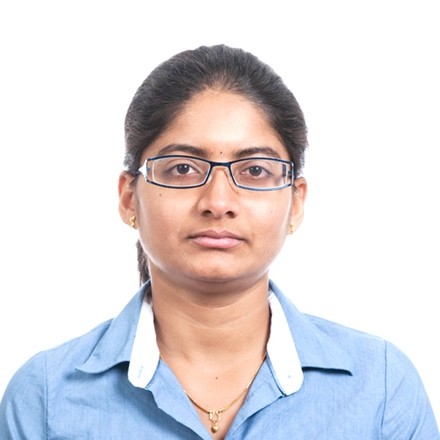Dr. Balathandayuthabani is one of the authors of the paper "Methane in Two Stream Networks: Similar Contributions From Groundwater and Local Sediments While Oxidation Was a Large Sink Controlling Atmospheric Emissions", published in 2024. Part of the study was conducted at SITES Skogaryd Research Catchment. In this interview, the author shares insights with the SITES Community about the project and experience conducting research at SITES Skogaryd.

What is the motivation behind studying methane in streams?
Stream and river networks contribute as much as 5% of the total global methane (CH₄) emission to the atmosphere. Fundamental knowledge gaps exist on what regulates the stream CH₄ emissions and streams represent one of the important pathways for release of groundwater CH₄ to the atmosphere. However, the balances between sources of CH₄ such as groundwater and streambed-produced CH₄ and sinks such as hyporheic zone methane oxidation and emission to the atmosphere remains unclear. The relative importance of these sources and fates has profound implications for assessing and predicting ecosystem CH₄ balances and our study explores this in detail.
What are the main findings of your project?
In our study, we found that about equal amounts of CH₄ were contributed from groundwater inflow and stream sediment production. Almost all of the groundwater CH₄ was oxidized rather than emitted. These findings highlight the combined roles of groundwater and local sediments in CH₄ contribution, as well as the critical importance of CH₄ oxidation in limiting stream emissions—making it a dominant regulator of total fluxes.
Has a collaboration with other researchers, research groups, stakeholders and companies taken place?
This study was funded by the Swedish Nuclear Fuel and Waste Management Company (Svensk Kärnbränslehantering AB), and the field work and data analysis were conducted in collaboration with researchers from both Linkoping University and SKB.

From left to right: Floating chambers to measure greenhouse gas fluxes in the streams within Skogaryd Reasearch Catchment; Propane gas injection for gas transfer velocity measurements; Drilling the ground for installing gas equilibrators in the shore of the lake Erssjön at Skogaryd (photo credit: Sivakiruthika Balathandayuthabani)
What has been done at SITES Skogaryd? Has fieldwork been carried out in other places?
The fieldwork for this study was done at both SITES Skogaryd and in Forsmark, in the municipality of Östhammar, Sweden. Both catchments were selected to represent distinct climatic zones (hemiboreal and boreal), different precipitation patterns, and varying topography. Extensive field measurements of gas concentrations of CH₄ below stream sediments at various depths using gas equilibrators were done. Surface water concentrations of CH₄ in streams were measured at multiple locations in the stream networks covering different seasons and stream flow rates. Measurements of gas transfer velocities using tracer gas injections, stable isotope carbon-13 (¹³C) composition of CH₄ below the stream sediments and in surface water, and detailed drainage-area-based daily estimates of discharge in streams were also performed.
What support have you gotten from SITES stations’ staff?
The study could not have happened without the help from the staff at SITES. They helped us in installing the gas equilibrators, maintaining them when required, provided logistical support during field works. SITES staff also helped collect routine samples of air and water for long term data series.
What is the added value in performing data collection at a SITES station?
SITES stations have long-term monitoring data on various parameters such as water chemistry of lakes and streams, long term lake profiles, weather data, stream discharge data, as well as a large database of published data pertaining to aquatic, terrestrial and atmospheric ecosystems. Access to such data helps us to supplement our measurements, interpret our results effectively, helping us model and explore patterns. For this project, we have used the weather data and daily stream discharge data from the stream monitoring system at Skogaryd for modelling purposes.